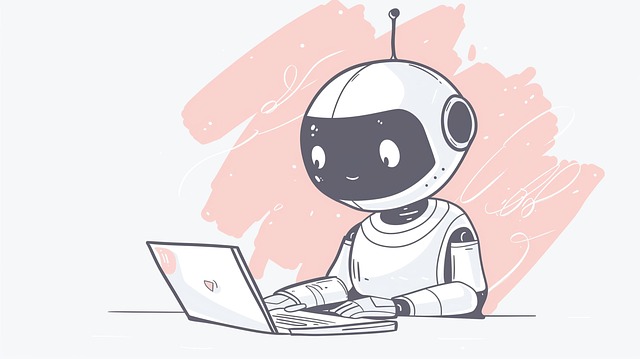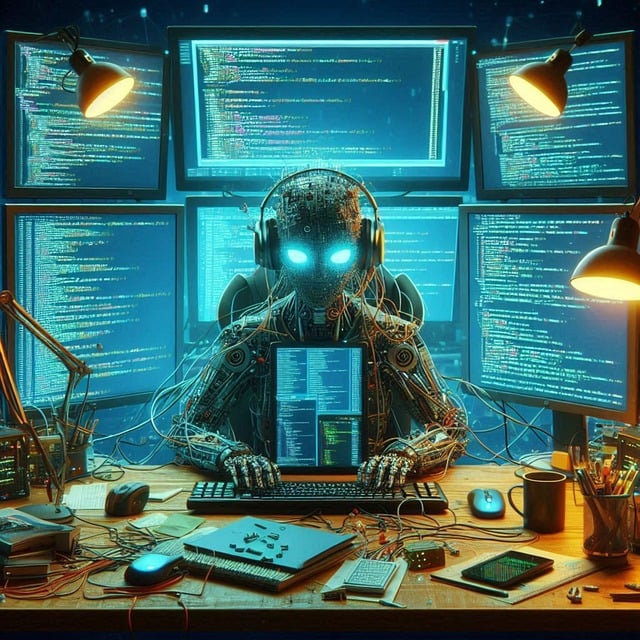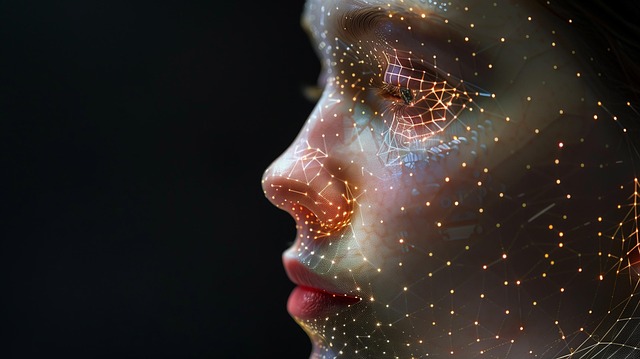Generative AI chatbots are transforming human-machine interaction by creating human-like text using deep learning algorithms and large datasets. Unlike rule-based systems, they can engage in complex discussions, answer questions creatively, and generate content like stories or poems. Fine-tuning allows them to adapt to specific tasks or domains, making them versatile tools for customer support, content creation, and daily task assistance. AI chatbots, powered by NLP, offer personalized experiences across multiple sectors, enhancing user engagement and providing 24/7 support. Crafting an OChatbot involves defining its purpose, tailoring interactions, designing conversation flows, and ensuring adaptability to user inputs and evolving preferences.
Building a Generative AI Chatbot has emerged as a powerful tool for enhancing customer service, streamlining workflows, and delivering personalized experiences. This comprehensive guide delves into the intricacies of creating an effective OChatbot. From understanding the defining characteristics and differences between Generative AI Chatbots and traditional models to identifying use cases, designing conversational flows, and choosing the right tools, we explore each step in detail. Learn how to gather and prepare data, train models using best practices, and continuously refine your OChatbot based on user feedback for optimal performance.
- Understanding Generative AI Chatbots
- – Definition and key characteristics
- – How they differ from traditional chatbots
- Designing Your OChatbot
Understanding Generative AI Chatbots

Generative AI chatbots are a cutting-edge technology that has transformed the way we interact with machines. These advanced chatbots leverage artificial intelligence to generate human-like responses, offering a more natural and engaging conversational experience. Unlike traditional rule-based chatbots, which follow pre-defined scripts, generative models use deep learning algorithms to understand and produce text based on patterns learned from vast amounts of data. This allows them to engage in complex discussions, answer questions creatively, and even generate content like stories or poems.
When building an AI chatbot, understanding its capabilities is crucial. Generative chatbots can be fine-tuned for specific tasks or domains, making them versatile tools for various applications. They can enhance customer support by providing personalized assistance, improve content creation processes, or act as virtual assistants, helping users with daily tasks. By training these models on diverse datasets, developers can create AI chatbots that adapt to different user needs and preferences, ensuring a more inclusive and effective interaction experience.
– Definition and key characteristics

An AI chatbot, or chatbot, is a computer program designed to simulate human conversation through text or voice interactions. These chatbots utilize artificial intelligence and natural language processing (NLP) techniques to understand user inputs, generate appropriate responses, and learn from these exchanges over time. Key characteristics of AI chatbots include their ability to adapt to different conversational styles, process complex queries, and continuously evolve based on user feedback and new data.
They can be integrated into various platforms such as websites, messaging apps, or virtual assistants, offering personalized experiences across diverse industries, from customer service and healthcare to education and entertainment. The versatility and scalability of AI chatbots make them a powerful tool for enhancing user engagement, streamlining processes, and providing 24/7 support, thereby revolutionizing the way businesses interact with their customers.
– How they differ from traditional chatbots

Generative AI chatbots represent a significant evolution in the field of artificial intelligence compared to traditional chatbots. Traditional chatbots often operate on predefined rules and patterns, relying on pre-programmed responses to specific user inputs. They are designed to handle a limited set of tasks, such as answering frequently asked questions or performing simple customer service functions. In contrast, generative AI chatbots use advanced machine learning algorithms to generate human-like text based on context, allowing them to engage in more natural and diverse conversations.
These innovative chatbots can understand and interpret user queries, generate relevant responses, and even learn from each interaction, improving their performance over time. They are not confined to rigid scripts but can adapt to a wide range of topics and scenarios, making them versatile tools for various applications, including customer support, content creation, and personalized assistance. The ability to create dynamic and contextually appropriate responses sets generative AI chatbots apart and opens up exciting possibilities for enhanced user experiences.
Designing Your OChatbot

When designing your OChatbot, one of the first steps is to define its purpose and target audience. Unlike traditional AI chatbots, an OChatbot is tailored to a specific user base and use case, allowing for more personalized interactions. Consider what problems you want your chatbot to solve and how it will enhance user experiences. For instance, an OChatbot could be designed to offer 24/7 customer support, provide product recommendations, or even facilitate creative writing prompts.
This process involves creating detailed conversation flows, determining the tone of voice for your chatbot, and selecting relevant data sources for training. A well-designed OChatbot should adapt to user inputs, understand context, and generate human-like responses. It’s crucial to plan for flexibility and scalability, enabling your chatbot to evolve with changing user needs and preferences.
Building a generative AI chatbot is an exciting journey that involves understanding its unique capabilities and designing it with purpose. By grasping the fundamentals of generative AI and tailoring your creation to specific needs, you can develop an innovative ochatbot that offers engaging interactions and valuable insights. Remember, the key lies in defining clear objectives, leveraging advanced technologies, and constantly refining your design to create a standout AI chatbot experience.
